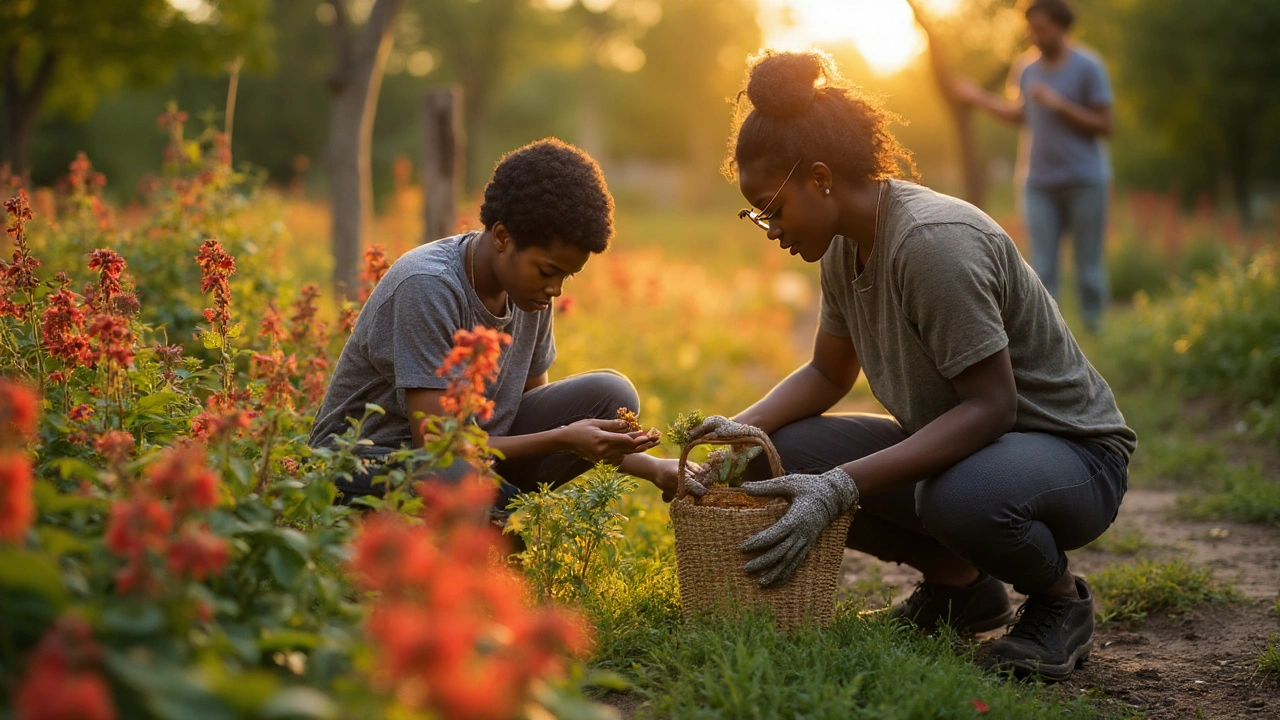
A practical, evidence-aware guide to Oswego tea (bee balm). Learn benefits, how to brew, doses, safety, and smart buying tips to use it as a daily supplement.
Ever wonder why backyard gardeners rave about the bright red flowers of bee balm? Those same flowers can turn into a soothing cup of tea that many people use for everyday wellness. Bee balm (Monarda didyma) is a native North American herb that’s been brewed for centuries. The tea is light, a little sweet, and packed with plant compounds that may help your body stay balanced.
Here’s the quick truth: you don’t need a pharmacy to enjoy the benefits of bee balm tea. All you need are fresh or dried bee balm leaves and a few minutes of your time. Below we break down why this tea is worth trying, what it might do for you, and step‑by‑step instructions to make a perfect mug.
Bee balm contains essential oils, flavonoids, and tannins that give it antimicrobial and anti‑inflammatory properties. When you sip the tea, those compounds can help calm a sore throat, ease mild digestive upset, and support the immune system during cold season.
People who drink bee balm tea often say it helps them relax without feeling drowsy. The herb has a mild amount of menthol‑like compounds that can open nasal passages and make breathing feel easier, which is handy if you’re dealing with seasonal allergies.
Because bee balm is rich in antioxidants, regular consumption may protect cells from oxidative stress. While more research is needed, early studies on related herbs suggest a potential role in reducing blood sugar spikes and supporting heart health.
Bottom line: the tea is a gentle, natural way to add an extra layer of protection to your daily routine, especially when you’re looking for something calming yet refreshing.
Start with fresh or dried bee balm. If you pick the plant yourself, wash the leaves and stems thoroughly. For dried herb, a handful (about 1‑2 teaspoons) is enough for one cup.
Boil water and let it cool for about 30 seconds – you want around 190°F, not a rolling boil, to keep the delicate flavors intact. Place the bee balm in a tea infuser or directly in the mug, then pour the hot water over it.
Steep for 5‑7 minutes. Shorter time gives a milder taste; longer steep brings out stronger menthol notes. Strain if you used loose leaves, then add a splash of honey or a slice of lemon if you like a touch of sweetness.
Enjoy your tea warm, preferably in the morning or early afternoon. The calming effect can help you wind down after a busy day, and the antioxidants work best when you drink it fresh.
If you’re curious about variations, try mixing bee balm with chamomile for extra calm, or add a pinch of ginger for a spicy twist that supports digestion.
That’s all you need to turn a garden plant into a soothing cup of tea. Give it a try, notice how you feel, and feel free to experiment with flavors. Bee balm tea is a simple, budget‑friendly way to add a natural boost to your day.

A practical, evidence-aware guide to Oswego tea (bee balm). Learn benefits, how to brew, doses, safety, and smart buying tips to use it as a daily supplement.